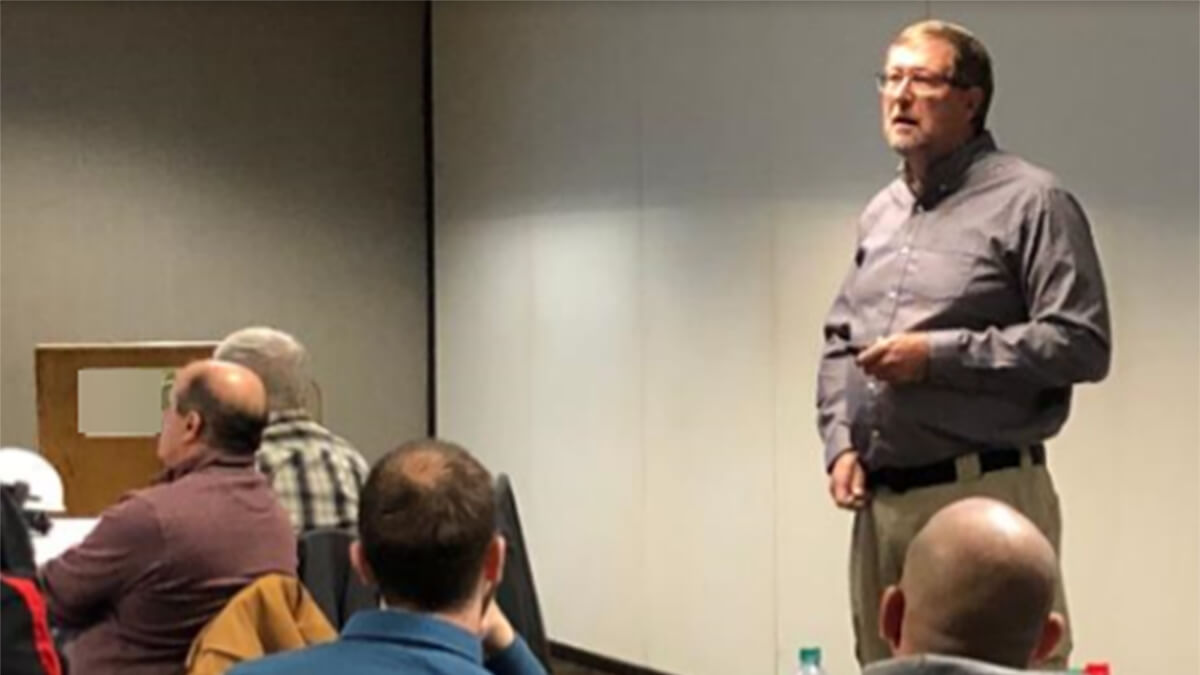The success of Health, Safety and Environmental (HSE) programs is strongly influenced by company culture and the knowledge and attitudes held by an organization’s managers and supervisors. It can often be the case that highly performing staff are promoted into senior positions without having had much (or any) preparation for newly acquired HSE related duties. And as for senior leadership roles, most business training programs and MBA curricula don’t cover much information pertaining to HSE concepts and topics that could really help them – like safety leadership, HSE roles, responsibilities and liabilities, and basic information about OSHA or the EPA (or State equivalents).
How unfortunate that is, and what opportunities can be lost! That lack of training and background can set the stage for some catastrophic and unanticipated business problems. I’ll say it again – BUSINESS problems! Because uninformed decision-making and system degradation can occur over time, resulting in worker injuries, reputational damage, and environmental harm. Those things can, in turn, impact the ability to provide services or make goods. And cascading from there, are the unplanned expenses to fix the problems, and lost opportunities because your capital is tied up with fixes and penalties.
Sometimes core staff recognize that additional training would be helpful to help avoid these types of problems, and I’ve been asked for training suggestions.
So Then, What Kind of Training to Provide?
Let me be clear that if you are already training and retraining and yet nothing seems to change – then maybe you have a larger organizational problem, and supervisory training alone will not provide you with what you need. Because you can talk until you are blue in the face and not make any headway, if the senior management that your supervisors and managers report to, do not “get it.” I’ve had some global level business leaders “not” buy into certain HSE best practices, stating that “they” would adapt those practices when “their” boss made it clear that it was important to “them.” How you can compete against that? There are people and groups that can help educate, coach and guide those senior executive levels of an organization, and it can be important to do so. That’s a different issue, and something that I’ll write more about in the future.
Focusing solely on training for supervisors and managers – one can categorize HSE related training into the areas of “Safety Leadership,” “Regulatory,” and “Company Policy/Procedure” training. A few ideas, which are not all-inclusive, follow.
“Safety Leadership” Training Could Include:
- Company goals, policies and vision statements
- How safety leadership is linked to business leadership…. Leading in “safety” provides opportunities for engagement with and the participation of employees on multiple levels.
- What it means to show “leadership” in HSE, and coaching in tools for engagement
- Prevention through Design (PtD)
- The supervisor/employee relationship
- The “how’s” and the “why’s” of responsibilities and requirements
- Hazard recognition and understanding of safety “basics” to be able to make the best management decisions. Studies indicate that faulty decisions and decision biases are significant causes of Serious Injuries and Fatalities.
- Techniques for causal factor analysis and troubleshooting
- Pre-shift and other routine safety inspections; supervisor participation
- Management of HSE issues; support for corrective action programs
“Regulatory” Training Could Include:
- Active OSHA and EPA issues/citations and permit related requirements
- Safety and Health related critical processes, controls and reporting requirements
- Applicable EPA permits, laws, environmental monitoring and reporting requirements
- Potential consequences for non-compliance
- Safety related hazards of work areas/tasks assigned, including PPE requirements
- Company procedures that are driven by regulation and which the supervisor needs to follow and/or ensure compliance with, such as:
- Emergency Action Plans (emergency contacts, actions for evacuation/assembly/spills/active shooter)
- Confined space entry program/requirements
- Fall protection requirements if applicable, plus use of fall prevention/protection devices
- Safe Electrical Work Practices
- Procedures for ensuring that only properly trained and qualified persons perform work for which qualifications are required
- Asbestos management plan (if exists)
- New equipment purchase/equipment transfer risk assessment processes and HSE considerations; market concepts on what a vendor should provide (but often may not)
“Company Policy/Procedure” Training Could Include (besides those driven by regulation):
- The Company’s HSE Management System(s) that may be in place. It can be amazing sometimes how folks don’t really understand the company’s overall approach to HSE.
- Third party or internal certifications and the supervisor’s responsibilities under the corresponding system (e.g. OHSAS 18001, ISO 14001, ISO 45001, etc.). What is the big picture, how do they fit in, what do they need to know about their roles and obligations. What must they help ensure?
- Responsibilities for provision of training, and what training matrices say
- Plant traffic/powered vehicle/aerial lift training, qualification, traffic patterns
- Drug/substance abuse prevention policy, and recognition of signs and symptoms of impaired work
- Progressive disciplinary action programs, if in place. Or alternate disciplinary approaches.
- Logistics/warehouse safety considerations; parts storage, visibility, hi-vis vests, mobile communication policies
Of course, there are other regulation-driven or organization-specific training needs that should be identified as part of your training management process, that are driven by the nature of your facility and its processes and operations. Get help if you need it and start off right!
Whatever you ultimately develop based upon your own analysis, it would be good to specify who needs what exact requirements based on job duties or classifications, the frequency required, and the method of delivery. We all know where we can wind up without a “roadmap.” Lastly, more standards these days are asking for some method of ensuring knowledge transfer to the persons being trained. So, consider incorporating that into your programs, if it is not already. (Some regulations may actually require this.)
I hope you succeed beyond your wildest expectations!

